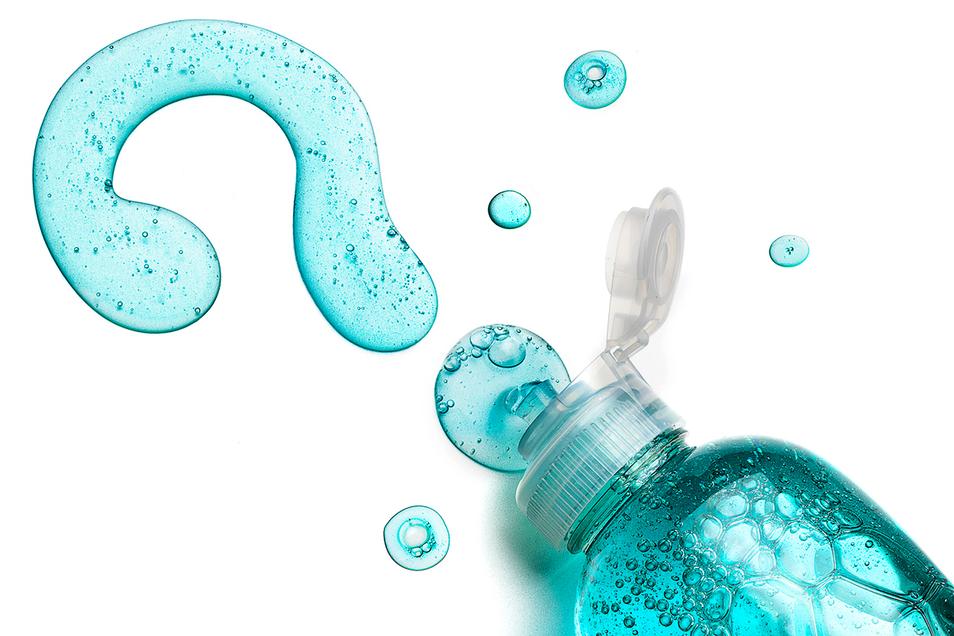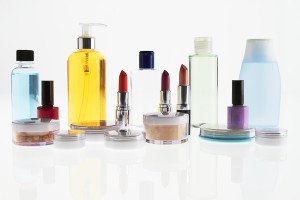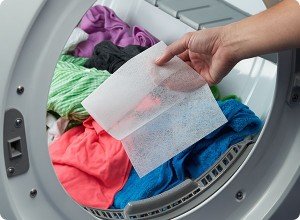Are Antibacterial Soaps Safe?
3 min read
Companies say there’s no cause for alarm, but studies suggest they may be dangerous. Now the FDA is preparing to rule.
Is the quest for clean doing more harm than good?
That’s the question at the heart of a debate between cleaning-products makers, researchers and environmental advocates. The outcome could affect millions of Americans who use antibacterial soaps, body washes and shower gels to fight germs—as well as the companies that supply the $5.5 billion market for soap, bath and shower products.
In September, the Food and Drug Administration will announce a decision on whether companies that make and market antibacterial soaps containing certain ingredients have demonstrated they are safe and more effective than plain soap and water in preventing illness. If the FDA decides against them, the companies must reformulate the products—a step a number of big manufacturers have already taken, citing public concerns—and may need to remove claims from their labels.
A sweeping review
The FDA review, which includes 22 chemicals, has pitted the $30 billion cleaning-products industry, which maintains the products are safe and more effective than regular soap, against environmental groups and some scientists who charge they are not only no more effective than regular soap, but are dangerous to health and should be banned or restricted to fighting dangerous outbreaks in hospitals.
Both sides in the debate have submitted reams of evidence to the FDA supporting their stance, offering up conflicting studies that make it a challenge for the average consumer to make informed decisions.
Most of the controversy focuses on triclosan and a related chemical, triclocarban, first introduced in the 1950s and 1960s, respectively. Triclosan is an antibacterial chemical agent widely used in liquid hand soaps, other personal-care products such as body and face washes, cosmetics, school supplies and kitchenware. It works by killing or weakening bacteria, similar to the way antibiotic drugs prevent or treat infections. But while antibiotics are prescribed to cure disease, antibacterials are aimed at preventing the spread of disease-causing bacteria to people who aren’t infected, including by handling contaminated food and objects, or skin-to-skin contact.
Resistant bacteria
In the case of antibiotics, because the drugs have been used so widely for so long, many types of bacteria have adapted. The FDA and some scientists are now concerned that antibacterial chemicals like triclosan, which linger in the environment and can be absorbed in the body, are also contributing to antibiotic resistance. A new Minnesota law will prohibit some cleaning products like hand soap and body wash containing triclosan after Jan. 1, 2017.
The American Cleaning Institute, which represents about 140 companies, is moving to satisfy the FDA’s data requirements for the safety and effectiveness of antibacterial ingredients, says Richard Sedlak, executive vice president, technical and international affairs. The institute and others have asked the FDA to defer rule making on three other ingredients companies are using as an alternative to triclosan—benzalkonium chloride, benzethonium chloride and chloroxylenol—to allow time to submit new safety and effectiveness data. The FDA’s Dr. Michele says it is considering the request.
But the cleaning institute takes the position that the FDA has “neglected a substantial amount of existing safety data” showing the chemicals are effective in reducing the level of bacteria on the skin and more effective than soap that’s not antibacterial.
Along with another organization, the Personal Care Products Council, it has submitted extensive data to support its view that triclosan has been used safely for decades and has been extensively reviewed and permitted around the world, with no data directly linking it to human harm. Makers of antibacterial bath products also dispute that they are contributing to the creation of superbugs, noting that studies have shown that overuse of prescription antibiotics in humans and livestock is the driving force behind antibiotic resistance.
And the organizations warn that banning antibacterial products would increase the level of risk and exposure of the general population to bacteria, leading to increased infection and disease, including 7.5 million cases of food-borne illness and $38 billion in health-care costs annually. An FDA spokeswoman says the agency has no comment on that estimate.



